RAID: Shadow Legends has become one of the most recognizable mobile RPGs in the world. Known for its massive roster of collectible champions, and polished 3D visuals, it has stood out in a crowded gaming market since its launch in 2018. Players build teams of heroes, battle through campaigns and dungeons, and compete in PvP arenas, all while managing gear, progression, and endless events.
In this article, we’ll break down how RAID works, who made it, when it came out, how many people play, how much money it makes, and why it’s still popular today.
RAID: Shadow Legends Overview
Raid: Shadow Legends is a dark fantasy RPG that combines turn-based combat with gacha mechanics. The game is set in the world of Teleria, a land under the control of the Dark Lord Siroth. Players step into the role of a resurrected warrior, tasked with building an army of champions to fight back against his forces.
At its core, Raid is all about collecting and upgrading champions. There are hundreds to choose from, each with unique skills, roles, and elemental affinities. You build teams, equip them with powerful gear, and strategize around synergies to take on different challenges.
The gameplay includes a single-player campaign, dungeons for farming resources, PvP arenas, and clan-based battles against raid bosses.
There are also rotating events, tournaments, and Faction Wars that add variety and keep players logging in regularly. What makes Raid stand out is the level of polish and presentation, from high-quality 3D character models to cinematic battle animations, it looks and feels more premium than many other mobile gacha RPGs.

Who Made RAID: Shadow Legends?
Raid: Shadow Legends was developed and published by Plarium Games, a studio founded in Israel and now owned by Aristocrat Leisure, a company best known for its casino and gaming machines.
Plarium originally made browser and social games, but with Raid they moved into mobile RPGs, and it quickly became their flagship title.
When Was RAID: Shadow Legends Released?
Raid: Shadow Legends first launched on July 4, 2018 for iOS and Android. A PC version followed in January 2020, giving the game a broader reach beyond mobile and helping cement its reputation as one of the biggest gacha RPGs worldwide.

How Many People Play RAID: Shadow Legends?
RAID: Shadow Legends has around 1.2 million monthly active users (MAU) and about 300,000 daily active users (DAU) (AppMagic, 2025).
These numbers show that the game still has a loyal player base years after launch and belongs to the list of most played games.
While it may not be pulling in tens of millions of daily players like some casual hits, for a mid-core RPG this level of consistency is strong. The DAU-to-MAU ratio also suggests good engagement. Many players are logging in regularly, not just once in a while.
RAID: Shadow Legends Downloads Statistics
RAID: Shadow Legends has been downloaded more than 86 million times worldwide (AppMagic, 2025). That’s a huge number for a midcore RPG, showing how effective the game has been at reaching a wide audience since launch.
The United States accounts for 27% of all downloads, making it the single biggest market for the game. This isn’t surprising, since the U.S. has always been a strong market for RPGs and gacha-style games, and it’s also where Plarium has focused much of its advertising.
RAID: Shadow Legends Ads
RAID: Shadow Legends is one of the most aggressive advertisers in the mobile gaming industry, and its success is tied directly to how much it invests in user acquisition. Plarium has built the game’s brand identity around cinematic, high-production ads that look more like fantasy movie trailers than mobile game promotions.
Cinematic Creatives
The ads are deliberately over-the-top: dramatic voiceovers, suspenseful cutscenes, and visuals that far exceed what the actual gameplay looks like.
From a UA perspective, this is intentional.
Cinematic creatives maximize attention and brand recall. They stand out in crowded feeds, get shared widely, and often become memes which extends their reach far beyond paid media.
Influencer Marketing at Scale
Raid also invests heavily in influencer partnerships.
Unlike many campaigns that script rigid talking points, Plarium gives creators flexibility to adapt the message to their own style. This makes the sponsorships feel more authentic and allows Raid to scale across thousands of creators, large and small, ensuring reach across every possible niche.
Channel Diversification
Another key piece of the strategy is diversifying ad channels. While Meta and Google provide broad reach, Plarium has leaned heavily into YouTube sponsorships, which are a natural fit for cinematic storytelling.
Beyond that, the game has appeared in podcasts, niche hobby channels, and even non-gaming verticals. This broadens the funnel beyond core RPG players, bringing the game in front of audiences who may never have considered a gacha RPG otherwise.

Criticism and Effectiveness
This approach hasn’t been without criticism. Many players point out that the ads oversell the product, showing visuals and scenarios that don’t exist in-game. But from a UA perspective, the tactic works.
Cinematic ads build mass awareness, and then retargeting with gameplay-focused creatives drives actual conversion.
The takeaway is clear: RAID has set the template for scale-first UA in midcore gaming.
By pairing cinematic creatives with an enormous and diversified media buy, it turned a niche gacha RPG into a household name. The game’s brand is so tied to its ads that even people who have never played it recognize it instantly — proof that, at least in marketing terms, the strategy worked.
RAID: Shadow Legends Revenue
RAID: Shadow Legends has been one of the most profitable midcore RPGs on mobile, thanks to its mix of gacha mechanics, heavy content updates, and long-term player retention.
Even years after release, it continues to generate strong revenue, though its earnings have started to decline from their peak.
All-Time Revenue
Since launch, RAID has brought in around $1.2 billion in total revenue (AppMagic, 2025). This puts it among the top-grossing gacha RPGs of all time and one of Plarium’s biggest successes.
About 61% of revenue comes from the United States, making it the game’s single largest market. This reflects not only high spending habits in the U.S. but also Plarium’s targeted ad strategy and focus on Western audiences compared to many other gacha RPGs that lean heavily on Asia.
Monthly Revenue
The game currently earns between $11 million and $13 million per month, though these figures have been trending downward over the years (AppMagic, 2025).
This is common for older mobile titles, as competition increases and newer releases grab attention. Still, it remains a solid earner for its genre.
Daily Revenue
On a daily basis, RAID generates about $300,000 to $500,000 (AppMagic, 2025). While not at its early highs, this level of consistency shows the game still has a dedicated player base that continues to spend.

How Does RAID: Shadow Legends Make Money?
RAID: Shadow Legends monetizes through a layered free-to-play system that combines gacha mechanics, premium currencies, and recurring bundles. The structure is designed to give new players a generous start, then gradually push them toward spending as they progress deeper into the game.
Champion Summoning (Gacha)
The heart of RAID’s monetization is the summoning system. Players collect shards to summon new champions, with different shard types tied to different rarity pools.
Basic shards drop for free on timers, but the rarest — like Void and Sacred shards — are usually found in paid bundles. For example, 15 Ancient shards bundled with resources can cost up to $100.
This system drives excitement through rarity and FOMO, making it the game’s primary revenue engine.
Hard Currency and Resources
Players also buy gems, the premium hard currency. Gems can be converted into silver (soft currency), energy to keep playing, arena tokens, XP boosts, and leveling potions.
This flexibility makes gems the catch-all purchase for progression.
Starter and Daily Packs
RAID offers bundles that create strong early conversion. The $10 starter pack is positioned as great value, but limited to one per player. There’s also a $30 daily pack that drops shards and resources over a week. These recurring packs reinforce spending habits while balancing perceived generosity with monetization.
Progression Pressure
In the early stages, RAID is deliberately generous: players get free energy, frequent drops, and enough rewards to feel progression without spending.
This builds goodwill and retention.
But as players reach later content — like high-level dungeons, arena competition, and clan boss fights — the grind intensifies. At this point, spending on shards, energy, or bundles becomes almost essential to keep up.
Why It Works
Plarium’s system is effective because it paces monetization carefully. Early generosity hooks players, while long-term progression loops create pressure to spend.
Combined with constant events, limited-time offers, and a huge roster of champions, the game always presents new goals and new reasons to open the wallet.
RAID: Shadow Legends Retention
RAID: Shadow Legends has solid retention rates for a midcore RPG. The game sees about 37% of players returning on Day 1, 24% on Day 7, 18% on Day 14, and 13.5% on Day 30 (AppMagic, 2025).
These numbers highlight that while the game loses some casual players early on, a significant portion sticks around for the long term.
By Day 30, over one in ten players are still active, which is a strong signal of how well RAID hooks its core audience with progression systems, events, and clan activities. For a game that demands more time and commitment than casual titles, these retention figures show real staying power.
Is RAID: Shadow Legends Still Popular?
Yes — RAID: Shadow Legends is still popular, even years after its launch. With 1.2 million monthly players, hundreds of thousands logging in daily, and consistent revenue in the millions, it remains one of the most successful midcore RPGs on the market.
Its continued presence is driven by constant updates, new champions, events, and high investment in advertising, which ensures the game never slips too far from public attention.
The memes and cinematic ads may have made RAID a household name, but it’s the steady content pipeline and strong monetization design that keep it relevant in a competitive genre.
Final Thoughts
RAID: Shadow Legends is more than just a meme-worthy ad campaign, it’s one of the most successful midcore RPGs ever released on mobile. With over a billion dollars in revenue, millions of downloads, and a loyal core audience, it has proven that heavy investment in marketing paired with deep progression systems can create a lasting hit.
The game continues to thrive because it delivers a steady stream of new champions, updates, and events that keep players engaged long after the first month. While its ads have drawn criticism for being more cinematic than truthful, they also set the standard for scale-first UA in the mobile industry.
Years after launch, RAID is still growing its legacy.
It may not reach the casual scale of puzzle games or hyper casual hits, but within its genre, it remains a benchmark for how to market a game and how to keep it running profitably for the long haul.
Data Source
- AppMagic, 2025. App Data
- Wikipedia, 2025. Raid: Shadow Legends article
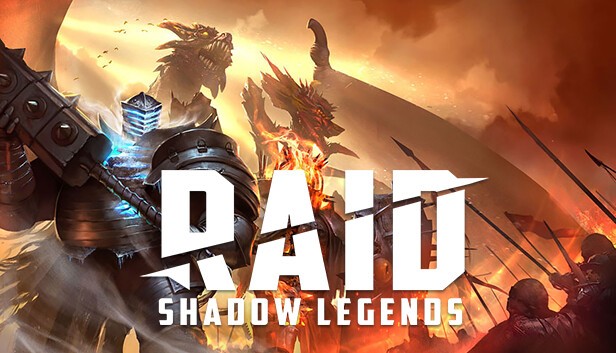


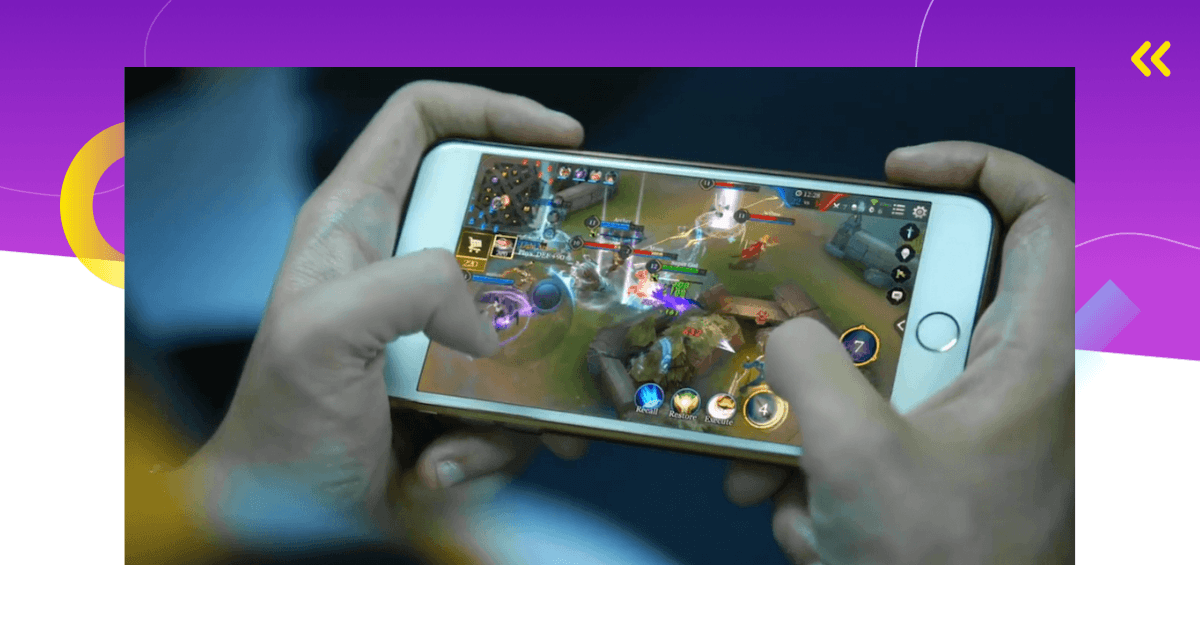
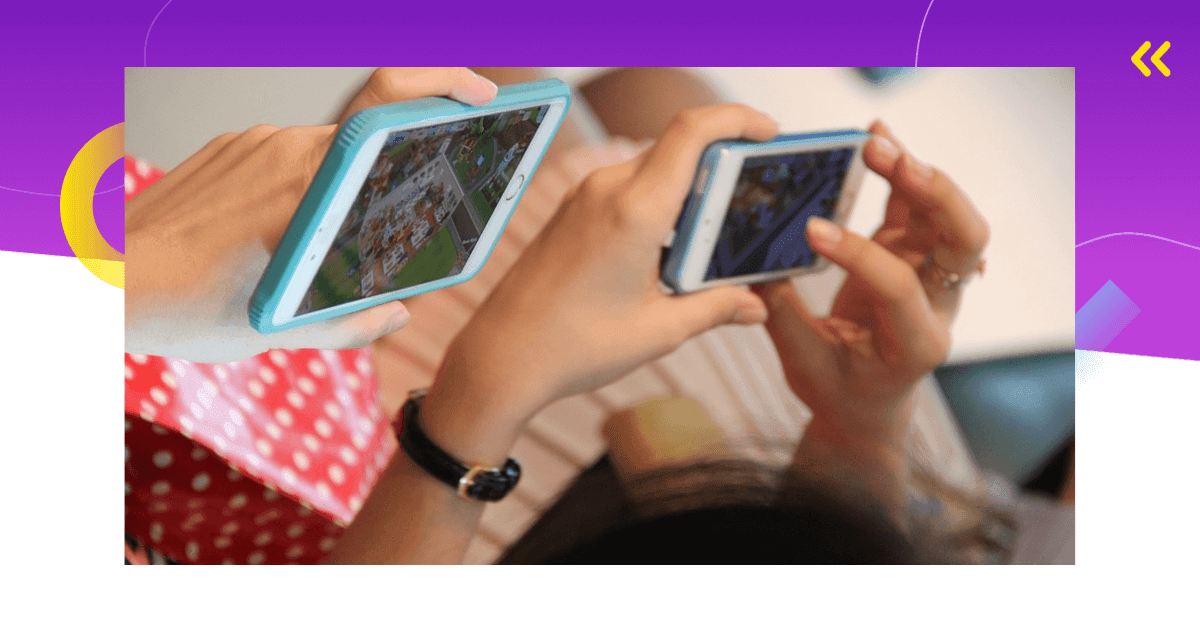
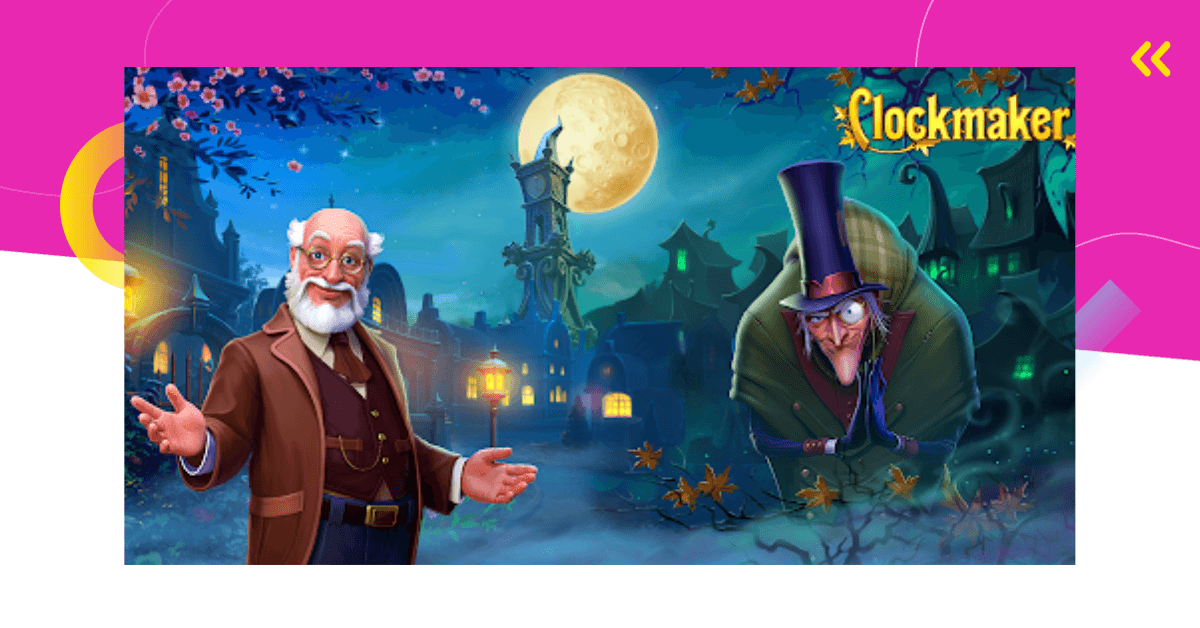
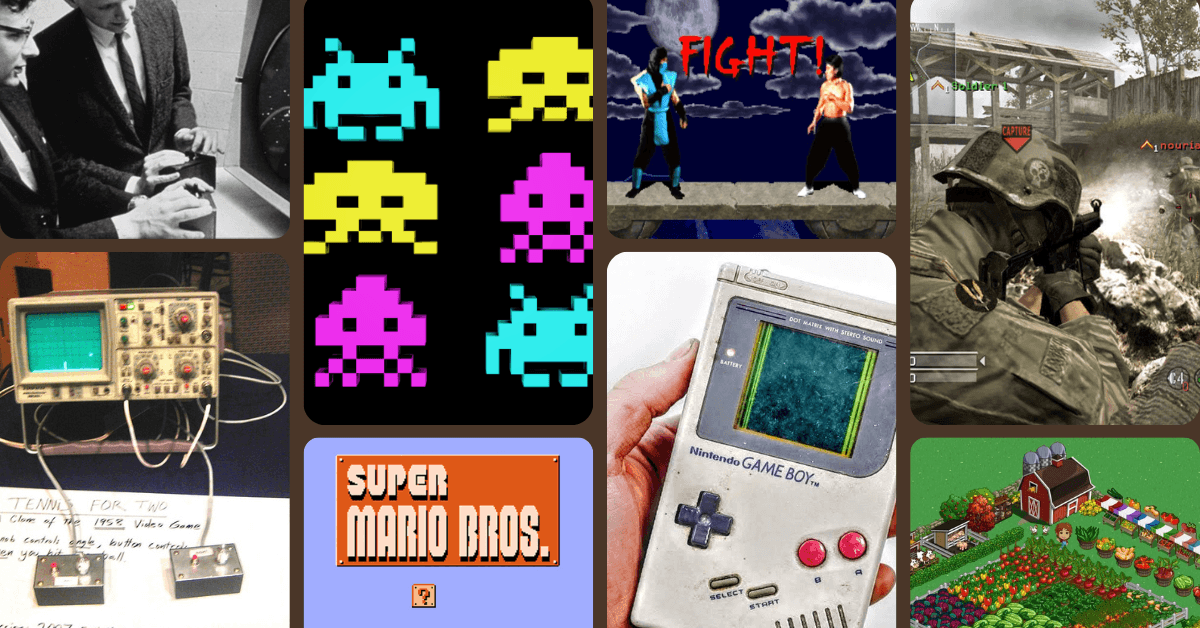
Comments